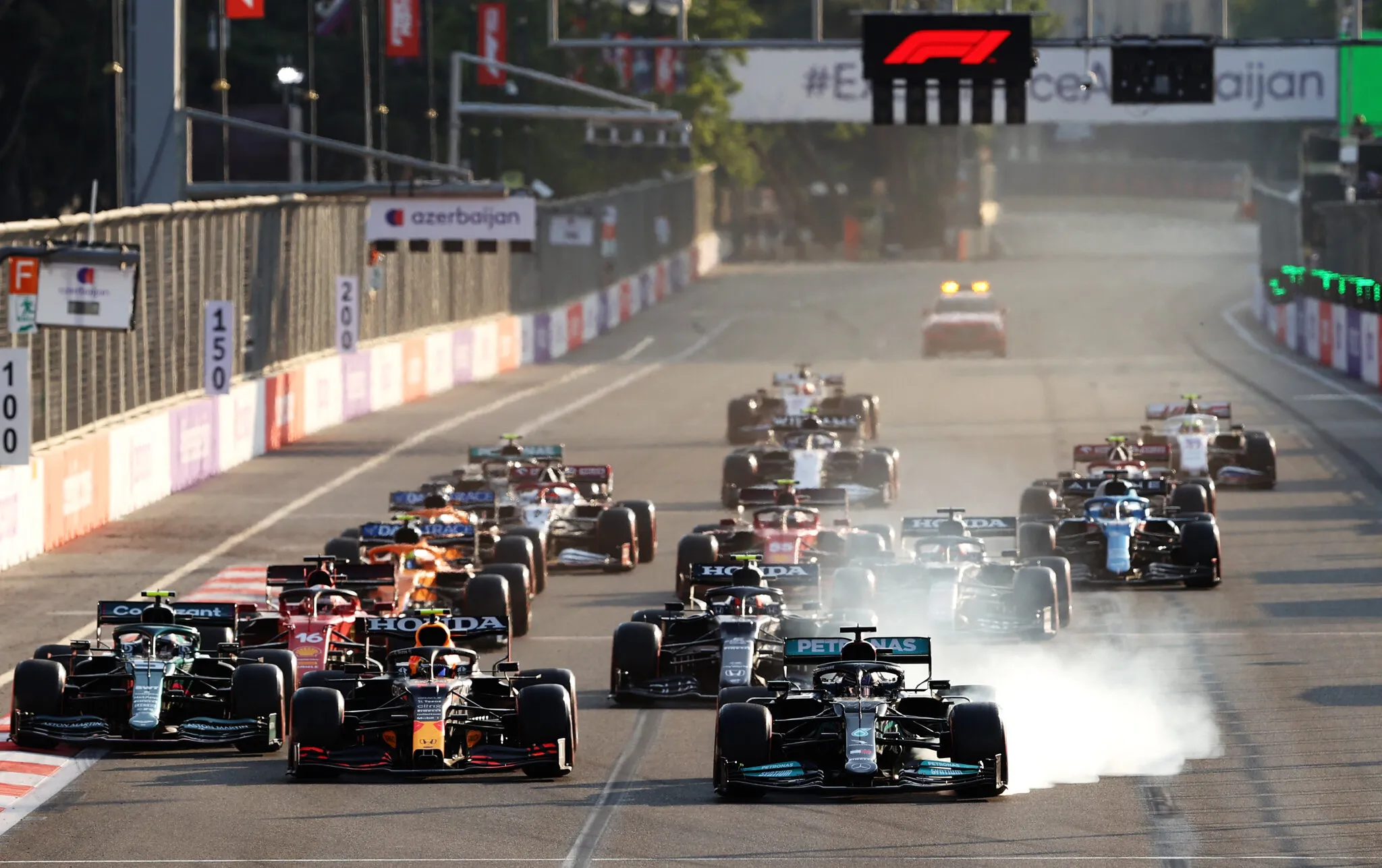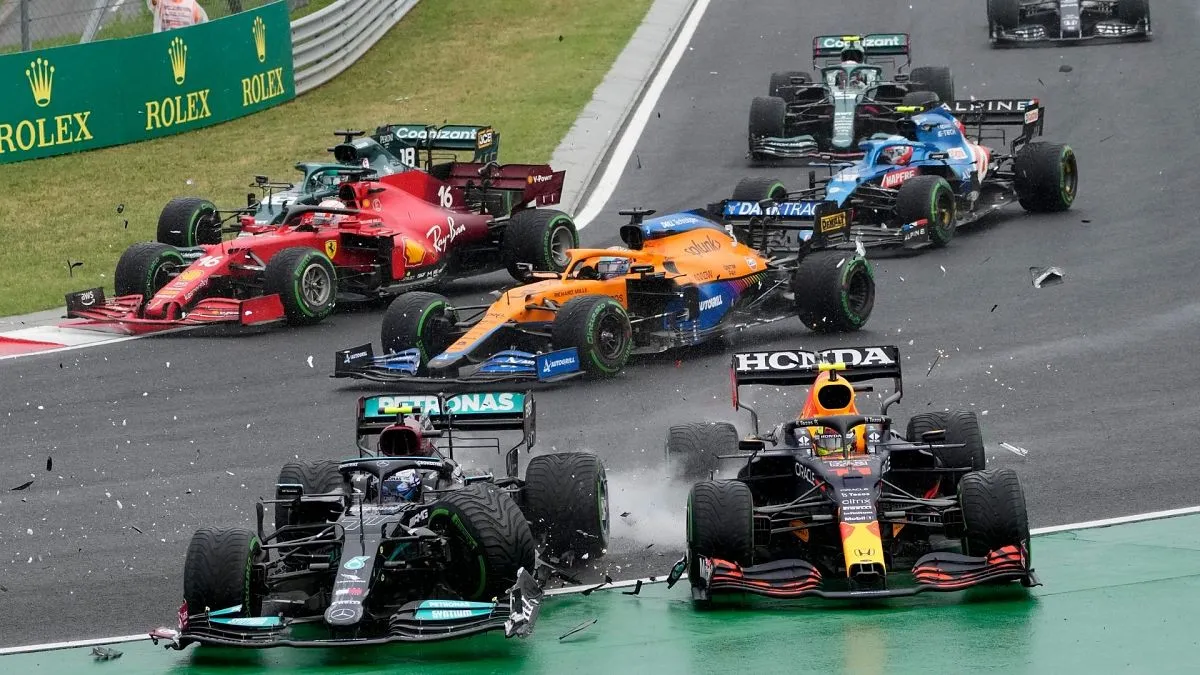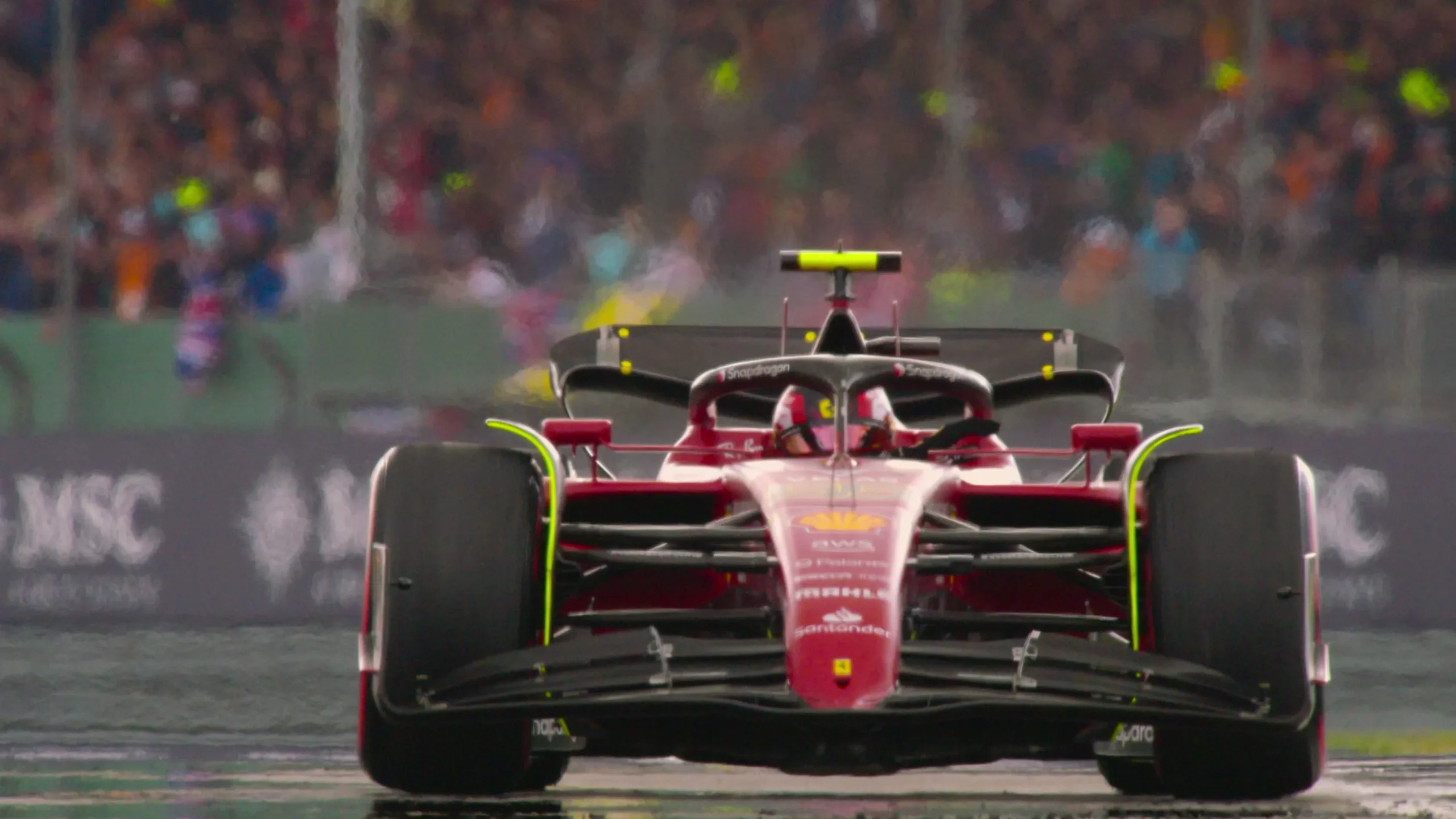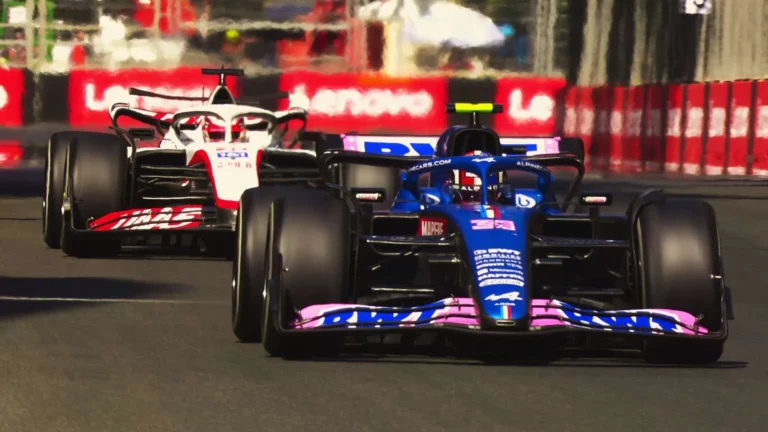In the competitive world of sports documentaries, Netflix’s ‘Drive to Survive’ has outmaneuvered its peers, turning the high-octane world of Formula 1 into a dramatic narrative that captivates audiences worldwide. Unlike traditional sports documentaries that aim to stay true to the facts, ‘Drive to Survive’ embellishes the reality of the racing world, turning it into something more akin to a reality TV soap opera. This approach has not only increased its appeal but also sparked a debate about the portrayal of sports in media.

Cracking the Code: The Formula for Captivating Audiences
At the heart of ‘Drive to Survive’s success is a simple yet effective strategy. The series producers have adopted a formulaic approach that has been as timeless as it is successful. By dramatizing real events and highlighting personal conflicts and rivalries, Netflix has transformed each Formula 1 race into an episode of personal and professional highs and lows. This method has proven to be more addictive than the sport itself when portrayed in its raw form.
Tom Hutchings, a series producer, shared insights with The Guardian on the show’s unique appeal: “It feels like access to a world that we shouldn’t be seeing. It’s all the elements that you don’t get from watching live sport. Viewers get hooked on that very quickly.”
The Ethical Dilemma: Entertainment vs. Authenticity
However, this dramatization comes at a cost. Many within the Formula 1 community, including drivers and team principals, have criticized the show for misrepresenting the sport in pursuit of viewership. The series has been accused of sacrificing authenticity for entertainment, potentially misleading viewers about the true nature of the sport and its participants.

Despite the controversy, the success of ‘Drive to Survive’ cannot be ignored. It has introduced Formula 1 to a broader audience, many of whom may not have been traditional fans of the sport. By turning the racing series into a narrative-driven spectacle, Netflix has not only increased its viewer base but also sparked a new interest in Formula 1 racing.
The Cost of Success: Privacy and Perception in Formula 1
As ‘Drive to Survive’ continues to push boundaries, the privacy of those involved has become a major concern. The omnipresent cameras and microphones capture much more than just the races, delving into personal interactions and behind-the-scenes drama. This invasion of privacy is a double-edged sword, providing entertainment while risking the genuine rapport and camaraderie that exist within the teams.

‘Drive to Survive’ has found a recipe for success that many sports documentaries have failed to replicate. By turning the Formula 1 racing series into a blend of reality TV drama and sporting spectacle, it has captivated an audience that thrives on high-stakes drama and personal stories. While it continues to attract viewers and generate discussion, the series also raises important questions about the balance between entertainment and authenticity in sports journalism. As Netflix likely continues this successful formula, the sports documentary genre may never be the same again.
